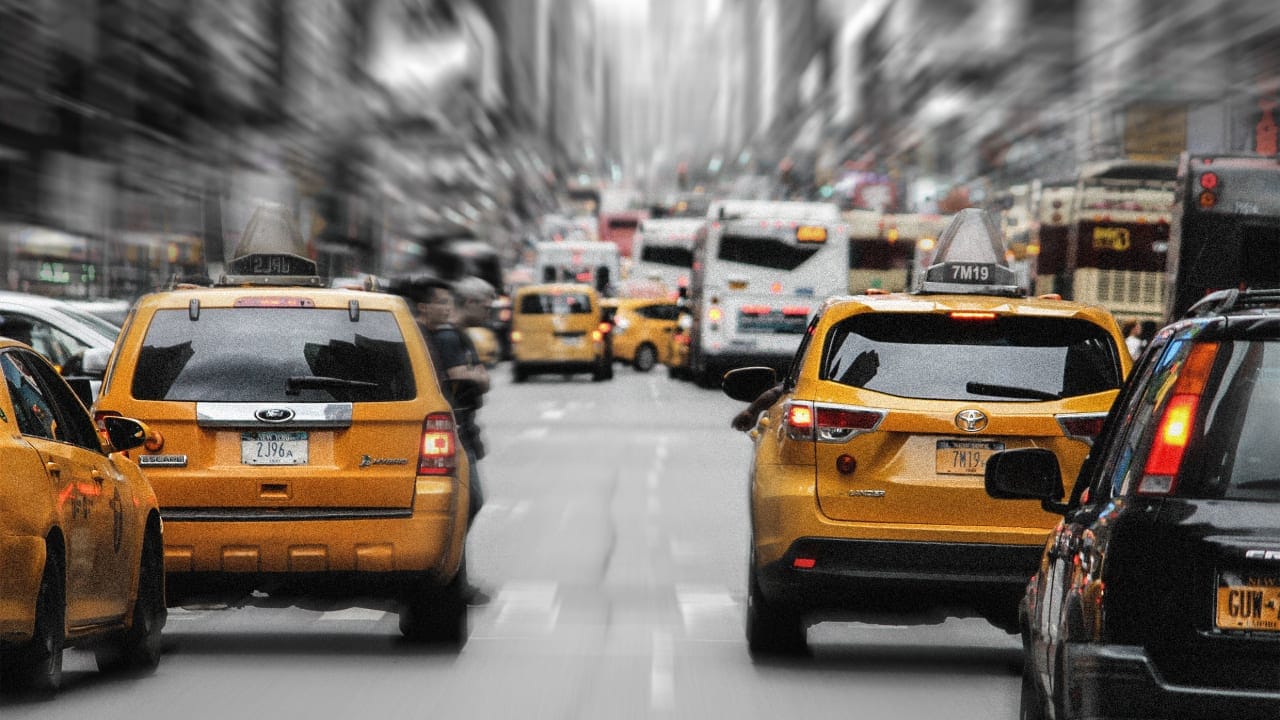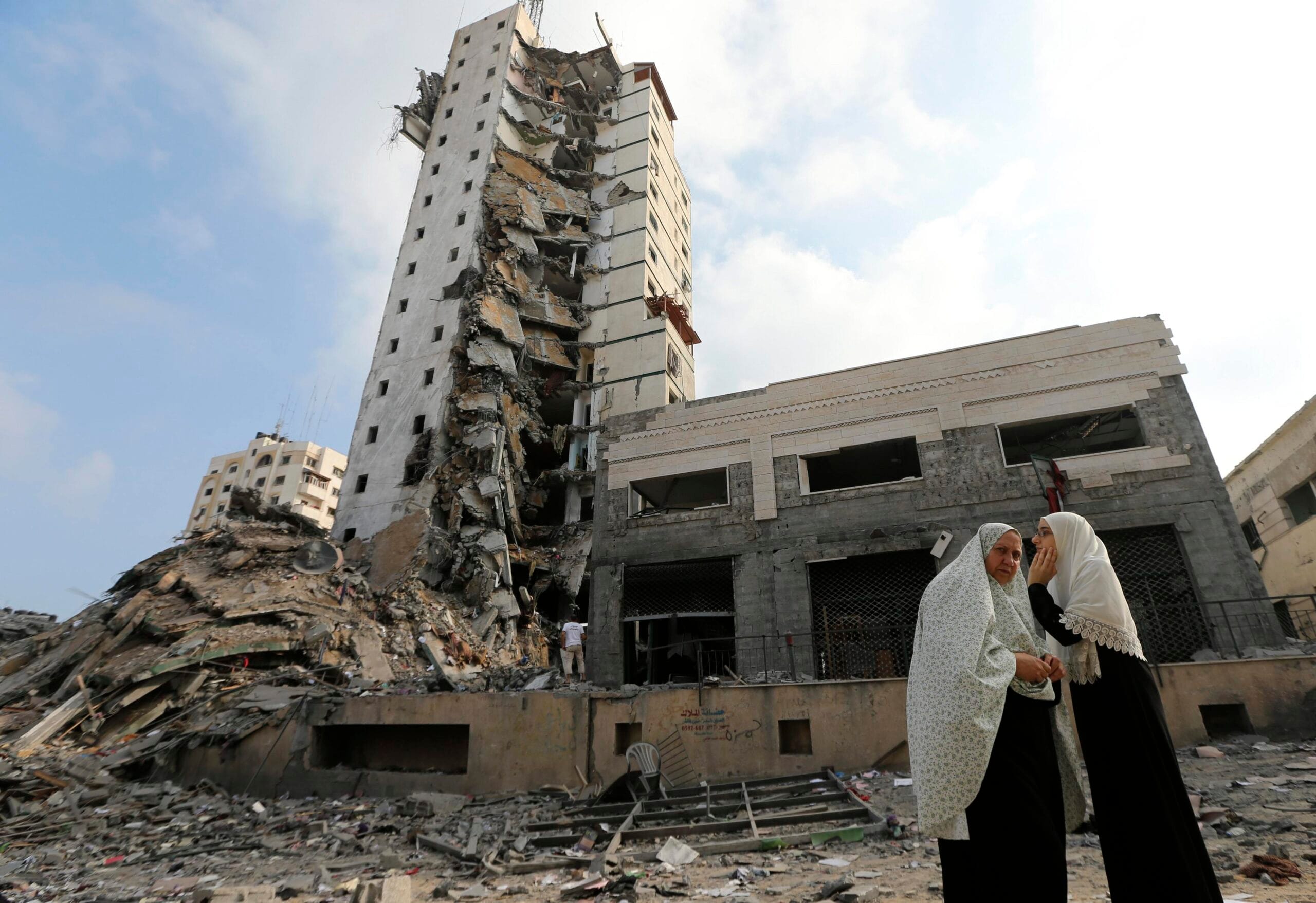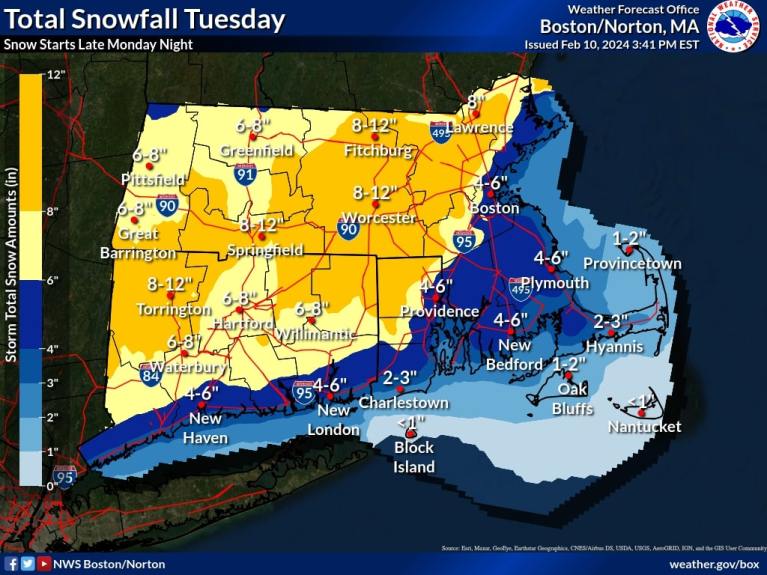The long-awaited congestion pricing plan for New York City has received judicial approval, paving the way for its launch this Sunday. This initiative is designed to alleviate the persistent traffic congestion that plagues Manhattan, particularly in the busiest areas, while also generating funds to support the city’s public transit system. The plan, which has been in development for several years, faced various legal challenges but has now been cleared by the courts, allowing the city to move forward.
The congestion pricing scheme will impose fees on vehicles entering Manhattan’s central business district, specifically below 60th Street. The objective of this policy is to discourage unnecessary vehicle trips into the area, thereby reducing traffic congestion, lowering air pollution, and improving the overall quality of life for residents and visitors. The fees will vary based on the time of day, with higher charges during peak traffic hours. This dynamic pricing model is intended to incentivize drivers to adjust their travel times or consider alternative modes of transportation.
New York City officials have emphasized that the revenue generated from congestion pricing will be directed toward enhancing public transportation services. This funding is particularly crucial as the Metropolitan Transportation Authority (MTA) continues to face financial challenges exacerbated by the COVID-19 pandemic. The MTA has indicated that the funds will be utilized for critical infrastructure improvements, including subway and bus services, which are essential for the city’s recovery and long-term sustainability.
The approval of the congestion pricing plan has garnered a mixed response from various stakeholders. Supporters, including environmental groups and transit advocates, argue that the initiative is a necessary step toward creating a more sustainable urban environment. They believe that by reducing the number of vehicles on the road, the city can achieve significant reductions in greenhouse gas emissions and improve air quality.
Conversely, some critics have voiced concerns regarding the potential economic impact of the fees on local businesses and low-income residents. They argue that the additional costs could disproportionately affect those who rely on their vehicles for work or other essential activities. In response, city officials have stated that measures will be put in place to mitigate these impacts, including discounts for certain groups and investments in public transit options to provide viable alternatives to driving.
The legal journey leading to this moment has been fraught with challenges. Various lawsuits were filed by opponents of the plan, questioning its environmental impact and the fairness of the pricing structure. However, the recent court ruling has upheld the city’s authority to implement the congestion pricing system, a decision that has been viewed as a significant victory for the administration and its transportation goals.
As the launch date approaches, the city is ramping up its public awareness campaign to ensure that residents and commuters are informed about the new fees and the rationale behind them. City officials are encouraging drivers to plan their trips accordingly and to consider public transportation as a viable alternative. The MTA is also preparing to enhance its services in anticipation of increased ridership resulting from the congestion pricing initiative.
In addition to its traffic management goals, the congestion pricing plan aligns with broader urban planning and environmental objectives. Many cities around the world have successfully implemented similar schemes, demonstrating that congestion pricing can lead to reduced traffic volumes, improved public transit usage, and enhanced urban livability. New York City aims to join this global movement, setting a precedent for other U.S. cities grappling with similar congestion issues.
The implementation of congestion pricing in New York City is more than just a traffic management strategy; it represents a shift towards a more sustainable urban future. As the city prepares for the launch this Sunday, all eyes will be on the outcomes of this ambitious initiative. The hope is that it will not only ease congestion but also foster a greater reliance on public transportation, ultimately contributing to a healthier environment and a more efficient urban landscape.
In conclusion, the approval of the NYC congestion pricing plan marks a significant milestone in the city’s efforts to tackle traffic congestion and enhance public transit. With the launch set for this Sunday, the city is poised to take a transformative step that could serve as a model for urban transportation strategies across the country.



